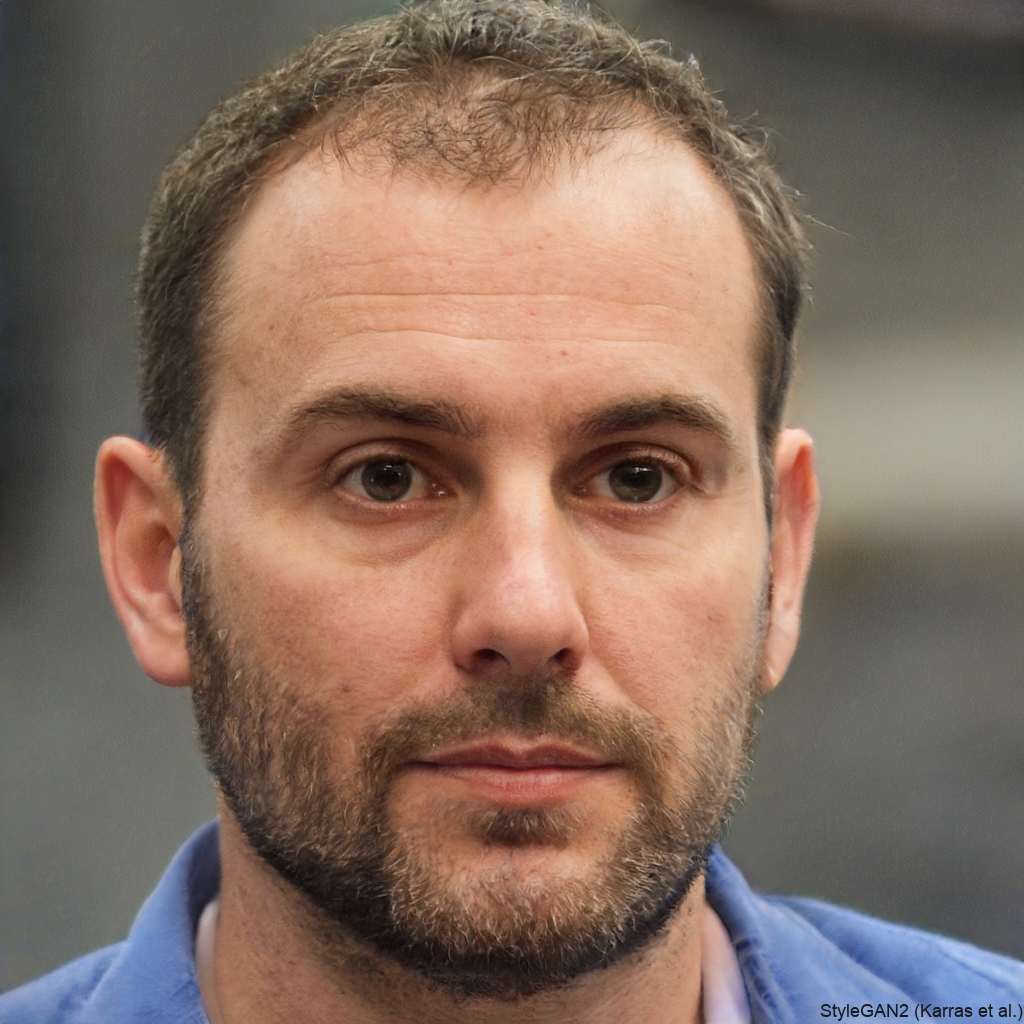Introduction: The Crossroads of Leadership
Imagine standing at a fork in the road. One path leads to safety and predictability. The other? Uncertainty, risk, and potential reward. Every great leader has stood at this crossroads—and what they choose in that moment often defines their legacy.
Decision-making isn’t just a skill; it’s an art. And like any art, it requires practice, intuition, and a deep understanding of both context and consequence. From CEOs shaping global companies to parents guiding their children, decisions shape our lives in ways both big and small. But what separates good decisions from great ones? Why do some leaders consistently make smart choices, even under pressure?
In this article, we’ll explore the mindset, tools, and habits that empower effective decision-making. You’ll discover how emotional intelligence, structured thinking, and long-term vision come together to create clarity in moments of uncertainty. We’ll look at real-world examples—from business titans to everyday heroes—and extract practical lessons you can apply today.
Whether you’re leading a team, managing your career, or simply trying to make better personal choices, mastering the art of decision-making can transform your results. Let’s dive in and uncover how the best leaders turn tough calls into powerful outcomes.
1. The Foundation of Smart Choices: Clarity of Purpose
Before any decision can be made, there must be clarity. Not just about the options in front of you—but about why you’re making the choice in the first place.
Great leaders don’t operate on impulse. They start with a clear sense of purpose. Think of it like setting a GPS before a road trip. Without a destination, every turn feels random. With one, even detours become part of the journey.
Consider Howard Schultz, the former CEO of Starbucks. When he returned to the company in 2008 during a financial crisis, he didn’t just cut costs or fire employees—he closed 900 stores for a day to retrain baristas on coffee quality. Why? Because his purpose wasn’t just profit; it was about restoring the soul of the brand. That bold move, rooted in purpose, helped reignite customer loyalty and return Starbucks to growth.
So, how do you find your purpose when making decisions? Ask yourself:
- What values are non-negotiable?
- What outcome truly matters in the long run?
- Who am I serving with this decision?
When your “why” is strong, your “what” becomes clearer.
Clarity also means defining success. A vague goal like “do better” leads to indecision. But a specific objective—such as “increase team productivity by 20% in six months”—gives you a benchmark to measure against.
Pro Tip: Write down your core values and revisit them before major decisions. This simple act can prevent short-term thinking from overriding long-term vision.
Purpose doesn’t eliminate uncertainty, but it provides a compass. And in leadership, having direction is often more important than having all the answers.
2. Emotional Intelligence: The Silent Force Behind Smart Decisions
You’ve probably heard the phrase: “Don’t make decisions when you’re angry.” That advice exists for a reason—emotions shape choices, often without us realizing it.
But emotional intelligence (EQ) isn’t about suppressing feelings. It’s about understanding them—yours and others’—and using that awareness to guide rational thinking.
Research from the Center for Creative Leadership shows that leaders with high EQ are more likely to make sound decisions, build trust, and adapt to change. Why? Because they can pause, reflect, and respond—instead of reacting.
Take Satya Nadella, CEO of Microsoft. When he took over in 2014, the company was seen as stagnant. Instead of doubling down on competition, he shifted the culture toward empathy and collaboration. He famously told his team: “Empathy makes you a better innovator.” That emotional shift led to strategic decisions like embracing open-source software and investing in cloud computing—moves that revitalized Microsoft’s growth.
How can you apply EQ to your decisions? Try this three-step process:
- Pause and Identify: When faced with a choice, ask: What am I feeling right now? Stress? Fear? Excitement? Naming the emotion reduces its power.
- Assess the Impact: Ask: Is this emotion helping or clouding my judgment? Anger might highlight a real problem, but acting on it impulsively could damage relationships.
- Seek Perspective: Talk to someone you trust. Often, just voicing your thoughts aloud brings clarity.
Fun Fact: Studies show that people who label their emotions accurately are less likely to regret their decisions later.
Emotional intelligence doesn’t make you soft—it makes you strategic. The best leaders aren’t the ones who ignore feelings; they’re the ones who harness them wisely.
3. The Power of Framing: How You See a Problem Shapes the Solution
Two people can look at the same situation and see completely different realities. That’s the power of framing—the way we mentally structure a problem.
Framing influences everything: what information we focus on, which options we consider, and even how we define success.
For example, imagine you’re launching a new product. If you frame the challenge as “How do we avoid failure?” you’ll likely play it safe—small budget, limited testing, minimal risk. But if you reframe it as “How do we create something amazing?” suddenly, creativity opens up. You might invest more, experiment boldly, and aim for breakthrough results.
This isn’t just theory. In a famous study by psychologists Daniel Kahneman and Amos Tversky, participants were given a hypothetical medical scenario. When told a treatment had a “90% survival rate,” most chose it. But when told it had a “10% mortality rate,” many avoided it—even though the facts were identical. The frame changed their decision.
So how can you use framing to make smarter choices?
- Flip the Script: Instead of asking, “What’s the worst that could happen?” try, “What’s the best possible outcome?”
- Zoom Out: Look at the bigger picture. Is this decision part of a larger goal?
- Challenge Assumptions: Are you seeing obstacles—or opportunities in disguise?
Elon Musk used powerful framing when developing SpaceX. While others saw rocket failures as proof that private space travel was impossible, he framed each explosion as data. “Failure is an option here,” he said. “If things are not failing, you are not innovating enough.”
Try This Exercise: Next time you face a tough decision, write down two versions of the problem—one negative, one positive. Notice how your solutions change.
Great leaders don’t just solve problems—they redefine them.
4. The Role of Data: Balancing Intuition and Evidence
We live in a data-driven world. From fitness trackers to business analytics, numbers shape how we understand reality. But here’s the truth: data alone doesn’t make decisions. People do.
The key is balance. Too much reliance on data can lead to analysis paralysis. Too little, and you’re flying blind.
Great leaders use data as a guide—not a dictator.
Take Jeff Bezos. Amazon runs on massive data systems, but Bezos also believes in “disagree and commit”—a principle that allows leaders to move forward even without full consensus or perfect data. He once approved a $1 billion investment in Amazon Prime Video based on instinct and limited metrics, trusting that customers would value convenience and content. Today, Prime Video is a global powerhouse.
So how do you strike the right balance?
- Start with the 70% Rule: As Bezos says, if you have about 70% of the information you wish you had, it’s often time to decide. Waiting for 100% certainty means missing opportunities.
- Use Data to Test, Not Confirm: Don’t cherry-pick numbers that support your bias. Use data to challenge assumptions.
- Combine with Intuition: Your gut isn’t magic—it’s your subconscious processing years of experience. When data and instinct align, you’ve got a strong foundation.
Real-World Example: During the pandemic, New Zealand’s Prime Minister Jacinda Ardern used real-time health data to guide lockdown decisions—but she also communicated with empathy, recognizing that people needed emotional reassurance, not just statistics.
Data tells you what is happening. Intuition and values tell you why it matters. The best decisions happen where both meet.
5. Avoiding Cognitive Biases: The Hidden Traps in Your Mind
Even the smartest leaders fall into mental traps. These are called cognitive biases—unconscious patterns of thinking that distort judgment.
And they’re everywhere.
One of the most common is confirmation bias—the tendency to seek information that supports what you already believe. Ever ignored feedback that didn’t fit your plan? That’s confirmation bias at work.
Another is anchoring, where the first piece of information you hear influences your final decision. For example, if a car dealer tells you the “original price” is $40,000 but offers it for $35,000, you might feel like you’re getting a deal—even if the car’s true value is $30,000.
Then there’s loss aversion—we feel the pain of losing $100 more strongly than the joy of gaining $100. This can make leaders overly cautious, avoiding risks that could lead to growth.
How can you fight these invisible enemies?
- Invite Dissent: Create a “red team” to challenge your ideas. At Google, teams often run “pre-mortems”—imagining a project has failed and working backward to find what went wrong.
- Slow Down: Biases thrive in haste. Build in decision checkpoints.
- Diversify Input: Seek opinions from people with different backgrounds. Diversity isn’t just ethical—it’s strategic.
Case Study: In 1986, NASA ignored warnings about the Challenger shuttle’s O-rings in cold weather. Groupthink and pressure to launch led to tragedy. Today, space agencies use structured decision frameworks to prevent similar failures.
Awareness is the first step. Once you know the traps, you can design systems to avoid them.
6. The Two-Minute Rule and Other Decision-Making Shortcuts
Not every decision deserves hours of analysis. In fact, spending too much time on small choices can drain energy for the big ones.
That’s where decision shortcuts come in—simple rules that help you act quickly without sacrificing quality.
One of the most effective is the Two-Minute Rule, popularized by productivity expert David Allen. The idea? If a task takes less than two minutes, do it immediately. This prevents small decisions—like replying to an email or scheduling a meeting—from piling up and cluttering your mind.
Another powerful tool is the 10-10-10 Rule, developed by author Suzy Welch. Before making a decision, ask:
- How will I feel about this in 10 minutes?
- In 10 months?
- In 10 years?
This forces you to consider both emotional and long-term impacts.
Here are a few more practical techniques:
- The Eisenhower Matrix: Categorize decisions by urgency and importance. Focus on what’s important, not just what’s loud.
- The 5 Whys: Keep asking “why” until you reach the root cause of a problem.
- The Pro-Con List with Weighting: Not all pros and cons are equal. Assign points to reflect their true impact.
Everyday Example: A manager deciding whether to attend a networking event might use the 10-10-10 Rule. In 10 minutes, they’ll feel annoyed about the time. In 10 months, they might recall a valuable connection made there. In 10 years, that connection could lead to a career breakthrough.
Smart leaders don’t overthink small choices—they create systems to handle them efficiently, freeing mental space for what truly matters.
7. Learning from Failure: Why Bad Decisions Can Lead to Great Growth
No leader gets it right every time. The difference isn’t perfection—it’s recovery.
Some of the most successful people in history made colossal mistakes. Steve Jobs was fired from Apple. Oprah Winfrey was told she wasn’t fit for TV. Thomas Edison’s first 1,000 attempts at the lightbulb failed.
But they didn’t stop. They learned.
Failure isn’t the opposite of success—it’s part of it.
Consider the story of James Dyson, inventor of the bagless vacuum. He built 5,126 prototypes over 15 years before getting it right. Each “bad” decision taught him something new. “I learned that going out of business is not the worst thing that can happen,” he said. “The worst thing is not trying.”
So how do you turn bad decisions into growth?
- Normalize Mistakes: Create a culture where it’s safe to say, “I was wrong.”
- Conduct Post-Mortems: After a decision, ask: What worked? What didn’t? What would we do differently?
- Separate Identity from Outcome: A bad decision doesn’t make you a bad leader. It makes you a learning one.
Leadership Insight: At Amazon, Bezos celebrates “intelligent failures”—mistakes made while pursuing bold ideas. He even gives out “Just Do It” awards for smart risks that didn’t pan out.
The goal isn’t to avoid failure. It’s to fail forward—with speed, humility, and a plan to improve.
8. The Long Game: Making Decisions That Last
In a world obsessed with quick wins, great leaders think differently. They play the long game.
Short-term decisions often feel easier: cut costs now, delay tough conversations, chase immediate results. But sustainable success comes from choices that compound over time.
Warren Buffett is a master of this. He doesn’t invest in trends—he invests in companies with enduring value. His famous quote: “Someone’s sitting in the shade today because someone planted a tree a long time ago,” captures the essence of long-term thinking.
How can you make decisions that stand the test of time?
- Think in Decades, Not Days: Ask: Will this matter in five years? Ten?
- Invest in People: Training, mentorship, and culture pay off long after quarterly targets are forgotten.
- Build Systems, Not Just Results: A one-time win is nice. A repeatable process is priceless.
Example: When Netflix shifted from DVD rentals to streaming, it risked alienating its core customers. But Reed Hastings saw the future. That long-term bet made Netflix a global leader.
Long-term thinking requires patience and courage. But the rewards? Deeper impact, lasting legacy, and freedom from the cycle of constant firefighting.
Conclusion: Your Turn to Lead with Confidence
We’ve covered a lot—from clarity of purpose to learning from failure. But here’s the truth: no framework or tool replaces the courage to decide.
Great decision-making isn’t about being perfect. It’s about being present. It’s about aligning your values, managing your emotions, challenging your biases, and staying focused on what truly matters.
Every day, you face choices—big and small. Some will go smoothly. Others will test you. But each one is a chance to grow, to lead, and to shape the future you want.
So the next time you’re at that crossroads, remember: you don’t need all the answers. You just need the right mindset.
Here’s your challenge: This week, pick one decision—something small—and apply one of the strategies we discussed. Maybe it’s using the 10-10-10 Rule. Maybe it’s pausing to check your emotions. Then reflect: How did it change your outcome?
Leadership isn’t a title. It’s a series of choices. And you’re making them every day.
Now, over to you: What’s one decision you’ve been avoiding—and what step will you take today to move forward? Share your thoughts in the comments. Let’s learn from each other.
Because the art of decision-making isn’t just for CEOs. It’s for anyone brave enough to choose.

Danilo Ferreira is a passionate entrepreneur, travel, and financial freedom enthusiast, always seeking new ways to expand his horizons and live with purpose. Driven by a high-performance mindset, he combines discipline and curiosity to achieve ambitious goals, exploring the world while building projects that reflect his vision of independence and continuous growth.







